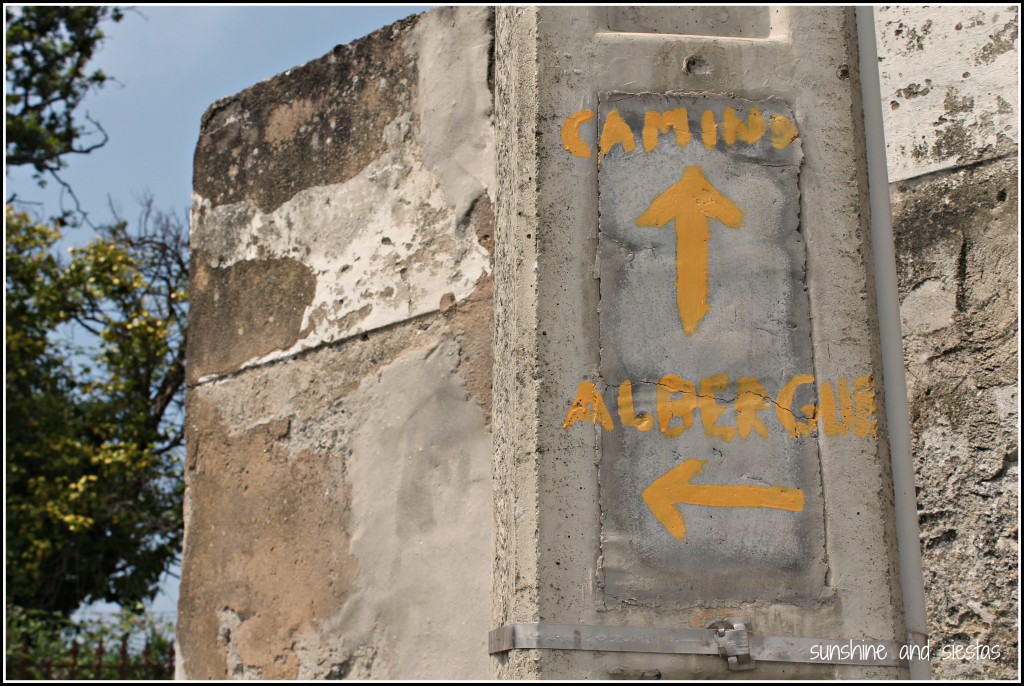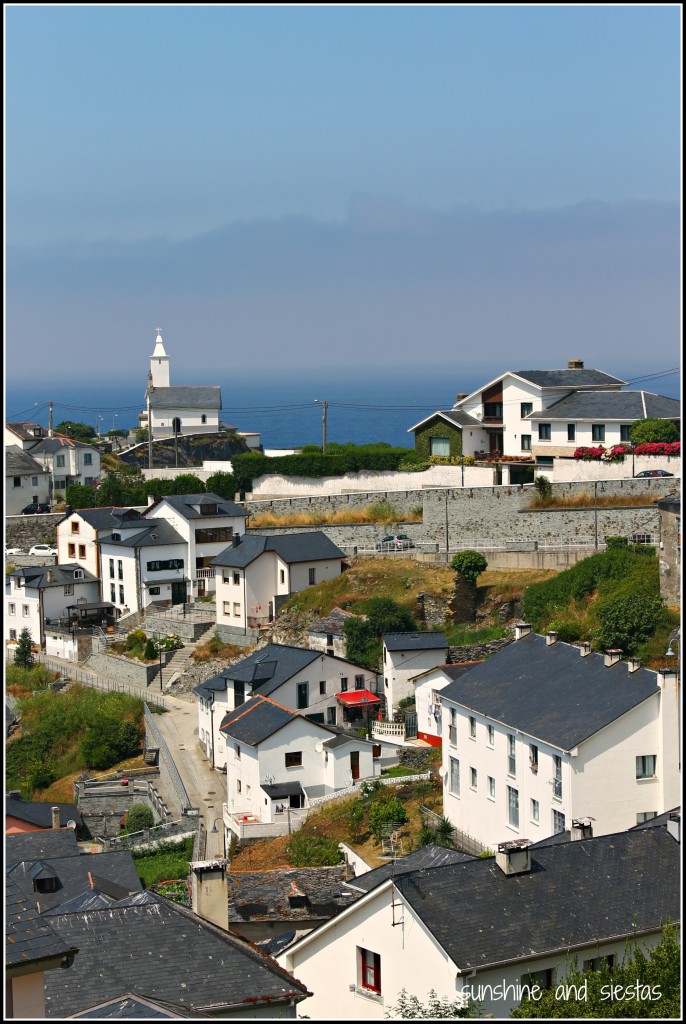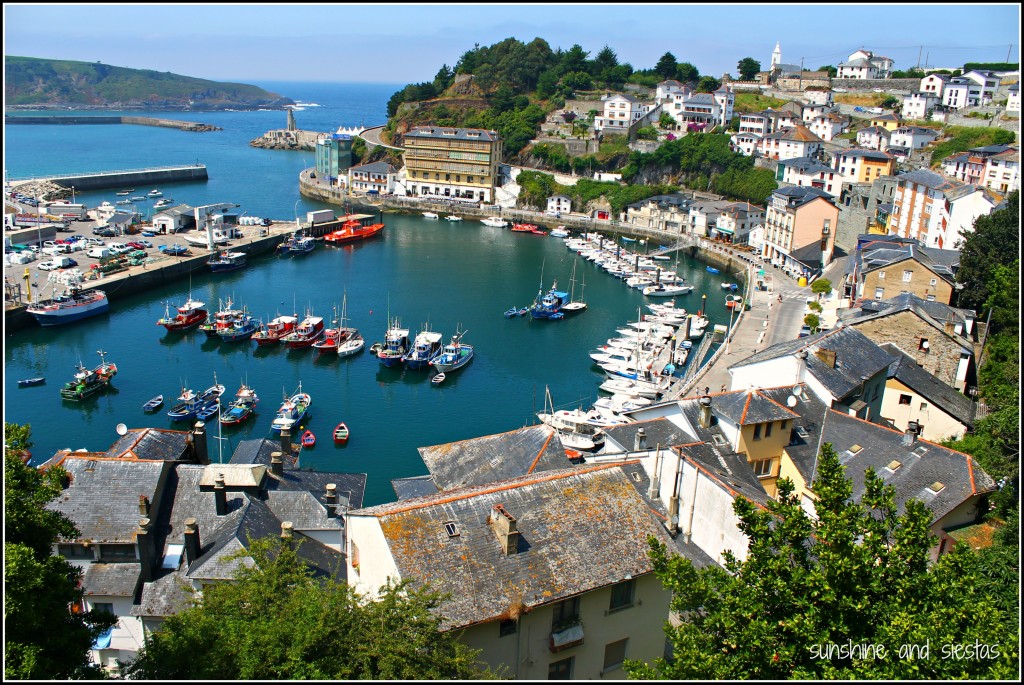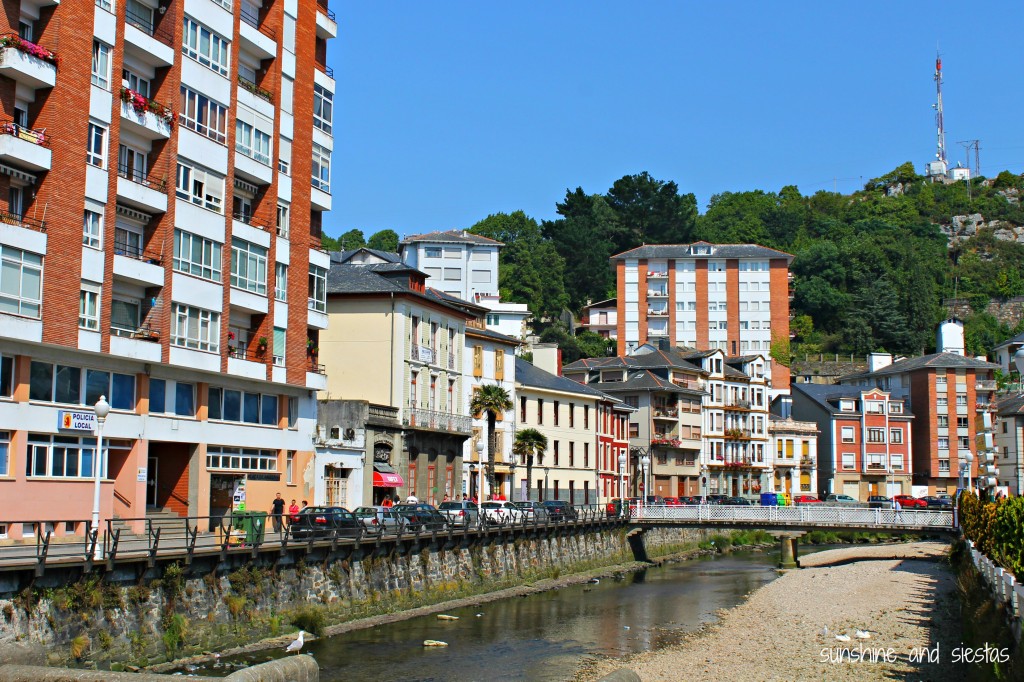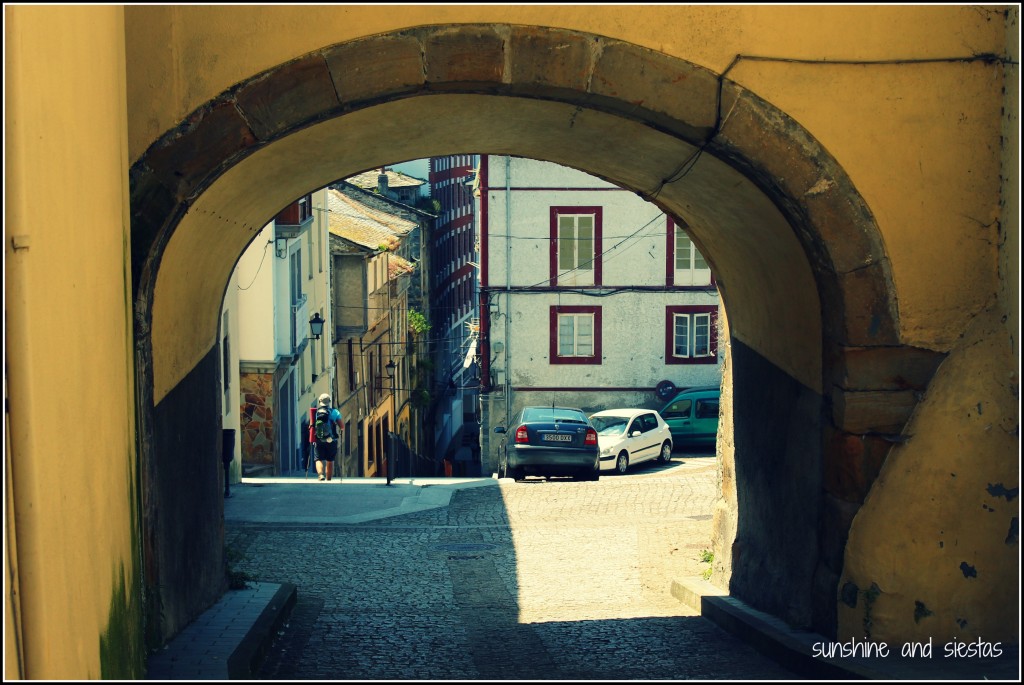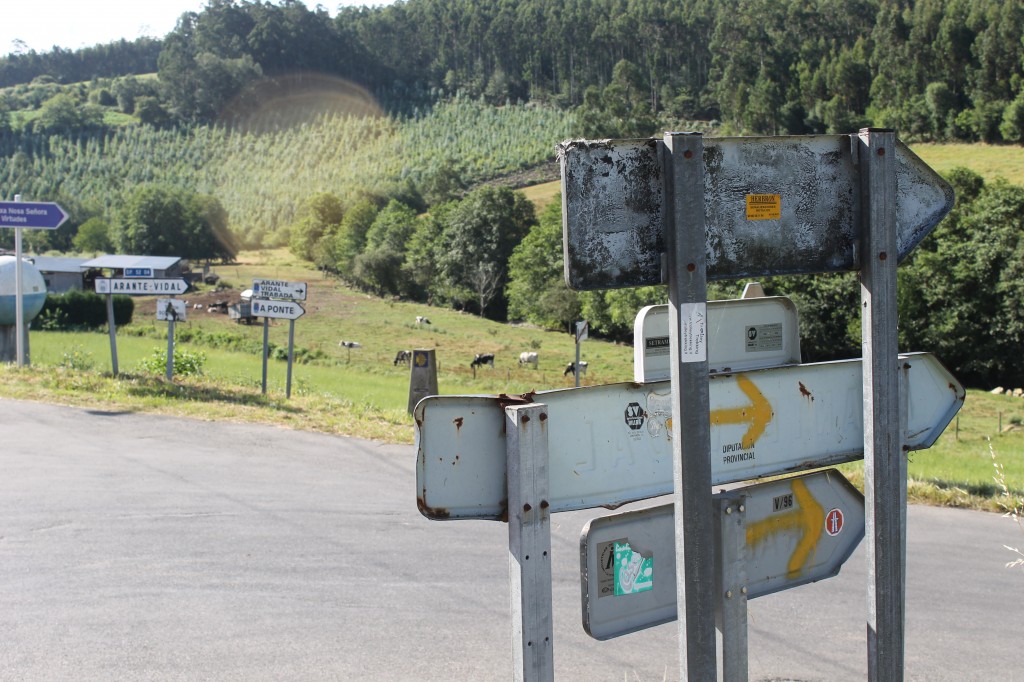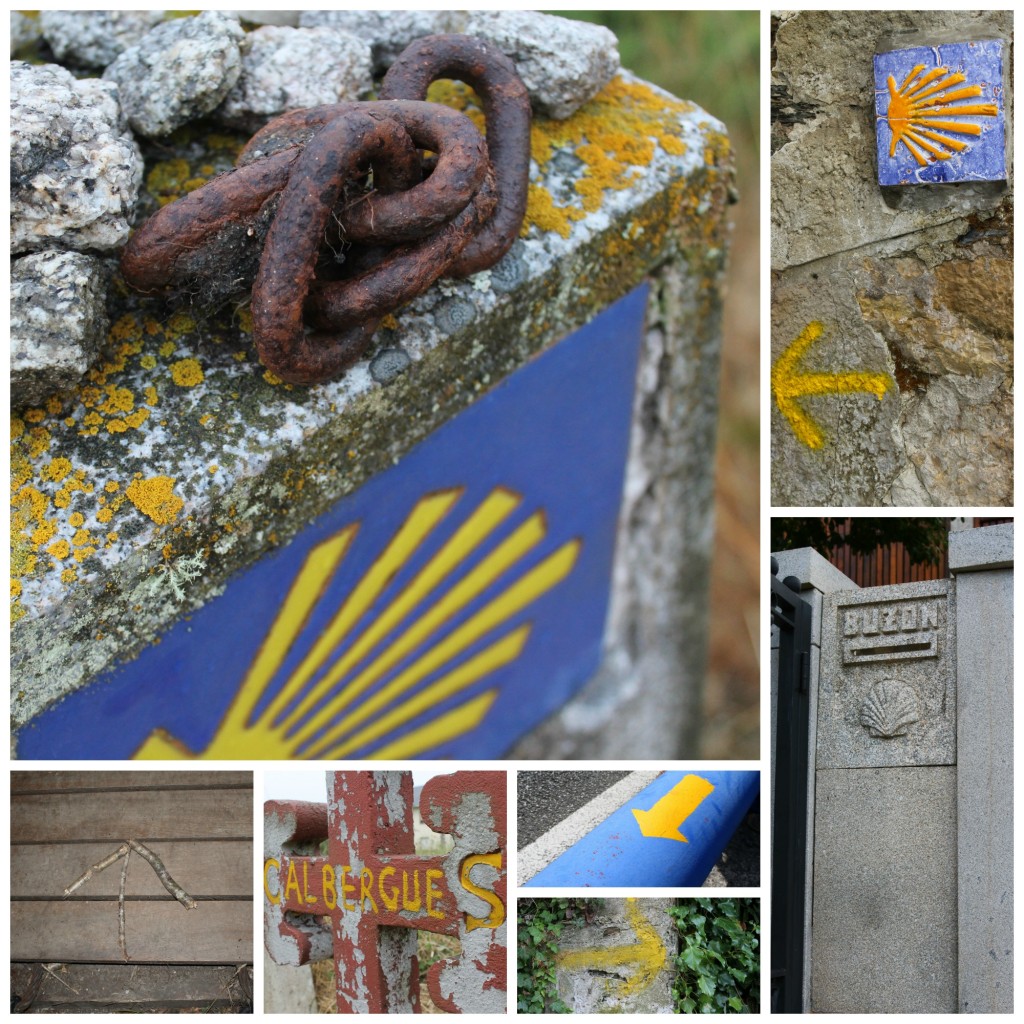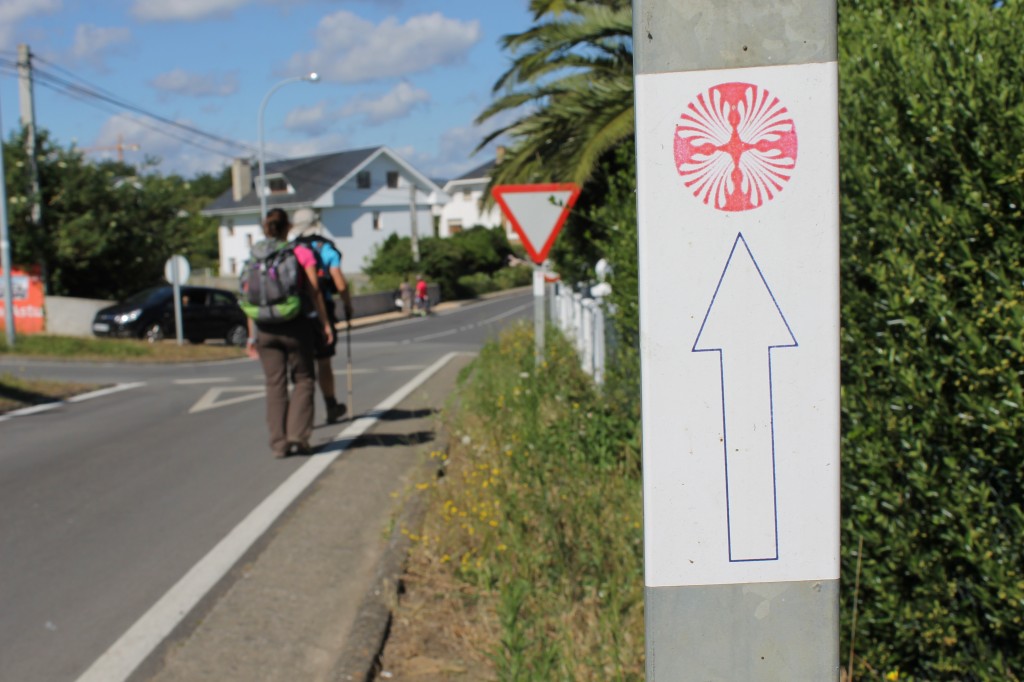We were faced with a decision that only a pilgrim faces: walk the 1.8 kilometers to an albergue that was rumored to be next to a dairy farm in Almuña, or walk 3km downhill to the town of Luarca.
Duh.
The humble village would house us on the third night of the Camino de Santiago del Norte, a long walk of mostly weaving in and out of the N-634. Billed as one of the most beautiful towns in Spain, I was eager to spend the night on the water, as it would be one of our last.
Luarca is stacked above a small inlet on the Bay of Biscay surrounding a port. I imagined quaint fishing boats bobbing along the river Negro and ornate buildings decorating the cobblestone streets and small, tucked-away plazas.
Sadly, the city fell a little flat for me (truth be told, the road into Luarca was more picturesque!). While I could see some charm in the crumbling buildings and the colorful port, Luarca was disappointing both in vistas as in the bustling pueblo I expected to find. I felt a weak city pulse, despite the number of tourists and pilgrims eating al fresco and splashing in the cool, clear water. In its defense, I ate an incredible salad at my pension’s bar on Calle Crucero!
Think I’m full of it? Christine in Spain was there earlier this summer and had loads of things to say! Have you ever had expectation of a city or place, only to have them fall short?
Thanks again to my trip sponsors – Caser Expat Insurance, Podoactiva, Books4Spain, Your Spain Hostel and Walk and Talk Chiclana.
